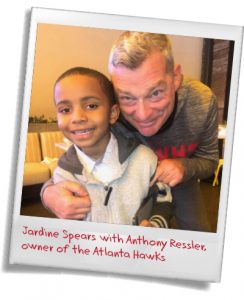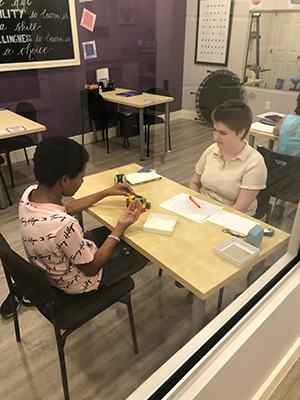
According to the National Institutes of Health, Autism spectrum disorder (ASD) refers to a group of complex neurodevelopment disorders characterized by repetitive and characteristic patterns of behavior and difficulties with social communication and interaction. The symptoms are present from early childhood and affect daily functioning.
ASD occurs in every racial and ethnic group, and across all socioeconomic levels. However, boys are five times more likely to develop ASD than girls.
The latest analysis from the Centers for Disease Control and Prevention estimates that 1 in 59 children has ASD.

Autism spectrum disorder (ASD) is a developmental disability that can cause significant social, communication, and behavioral challenges. The term “spectrum” refers to the wide range of symptoms, skills, and levels of impairment that people with ASD can have.
Autistic Spectrum Disorder (ASD)
Autism is a neurodevelopmental disability that presents a range of different symptoms in different people. As there are so many different indications of autism, and the fact that symptoms can be mild or severe it is often referred to as ‘Autism Spectrum Disorder’. In general, a child with autism will have difficulty in three different spheres to varying extents; social interaction, communication (both verbal and non-verbal), imagination, and cognition (individuals with ASD can have a concrete thinking style and be rigid in how they think about things) and thus may react in a seemingly odd way to the world around them.
Sources:


National Institute on Deafness and Other Communication Disorders (NIDCD)
https://www.nidcd.nih.gov/health/autism-spectrum-disorder-communication-problems-children
Spectrum Speech:
https://www.spectrumspeech.ie/autism
Autism Speaks:
https://www.autismspeaks.org/
Centers for Disease Control and Prevention:
https://www.cdc.gov/ncbddd/autism/index.html
Marcus Institute:
http://www.marcus.org/
WebMD:
https://www.webmd.com/brain/autism/ss/slideshow-autism-overview